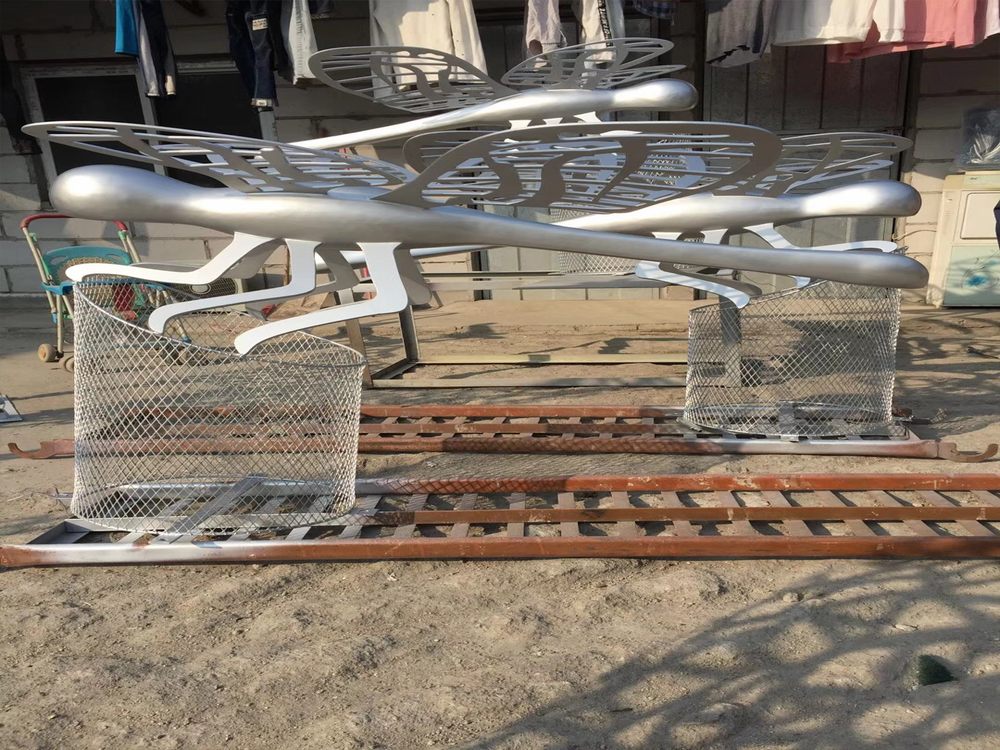
Large public metal sculptures often dominate their surroundings with imposing size, yet skilled artists can evoke a surprising sense of intimacy through deliberate use of scale and proportion. By manipulating these elements, they transform monumental works into relatable experiences for viewers.
One technique involves incorporating human-scale details within the larger structure. A towering figure might feature carefully crafted hands or facial expressions at a 1:1 ratio, drawing observers closer to engage with these familiar elements. The contrast between the overall grandeur and these lifelike proportions creates a bridge between the colossal and the personal.
Artists also employ proportional distortion strategically. Slightly exaggerating certain features - like elongating limbs or enlarging eyes - can make massive figures feel approachable rather than intimidating. This subtle manipulation taps into our innate ability to read human forms, triggering emotional responses despite the sculpture's size.
Interactive scale plays a crucial role too. Many sculptors position key elements at eye level or create negative spaces that frame human figures when viewers stand in specific spots. These compositional choices transform passive observation into active participation, fostering personal connections.
The materials themselves contribute to this effect. Metal's ability to hold fine details allows for textures that invite touch - the roughness of a welded seam or polished smoothness of a curved surface can beckon viewers closer, creating tactile intimacy within the monumental form.
Ultimately, these techniques demonstrate how scale isn't just about physical dimensions but about perceptual relationships. By carefully balancing the colossal with the human, artists create public sculptures that feel simultaneously awe-inspiring and intimately engaging.

